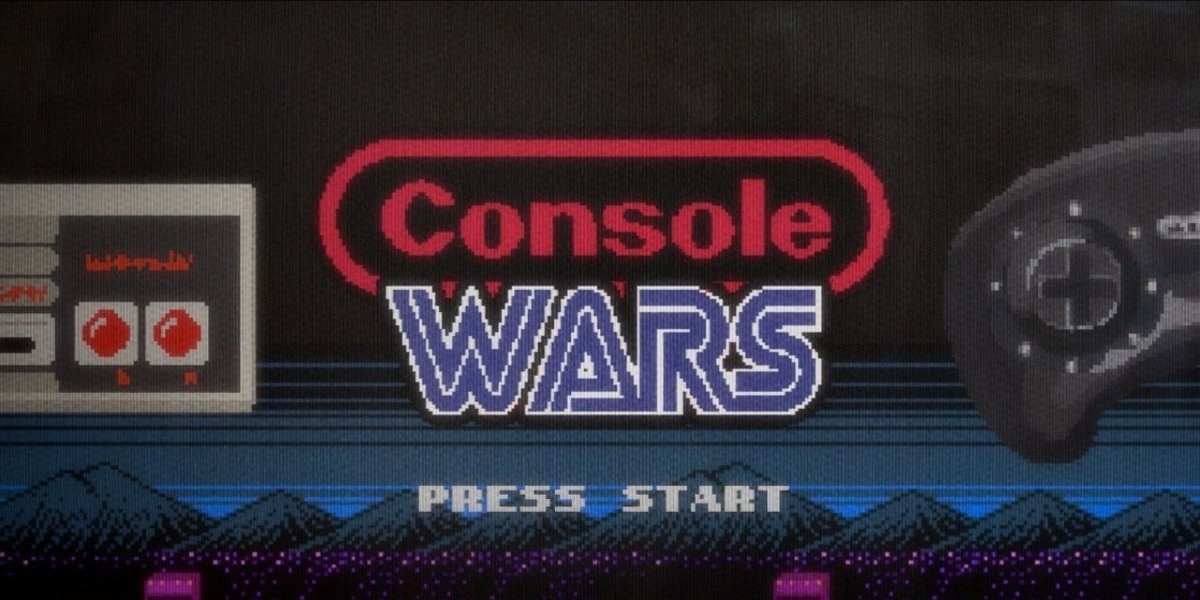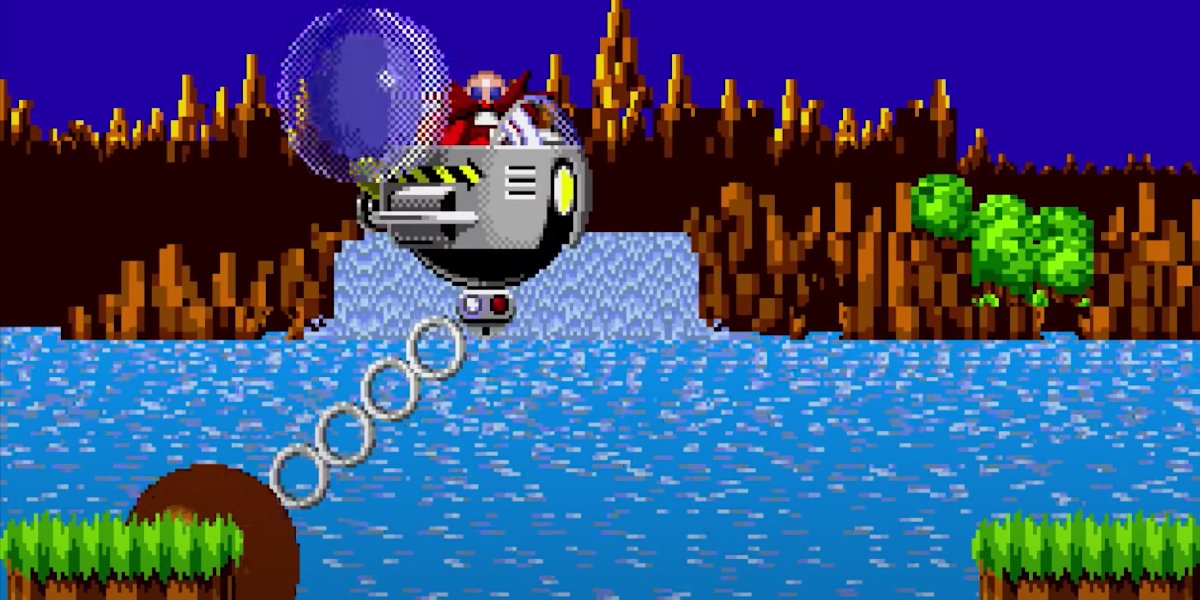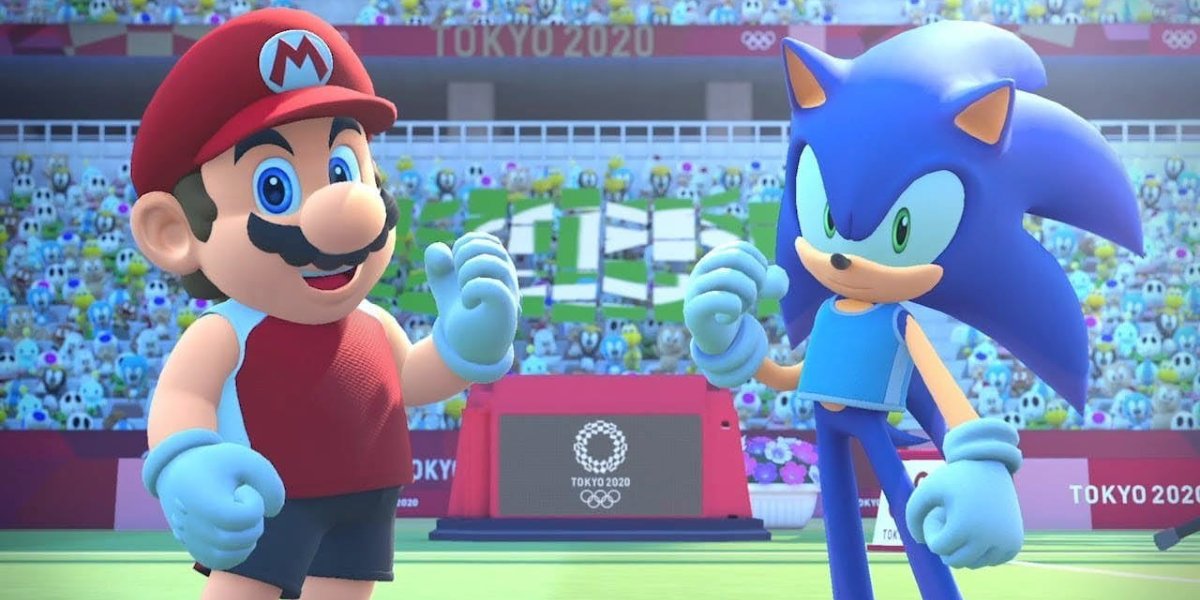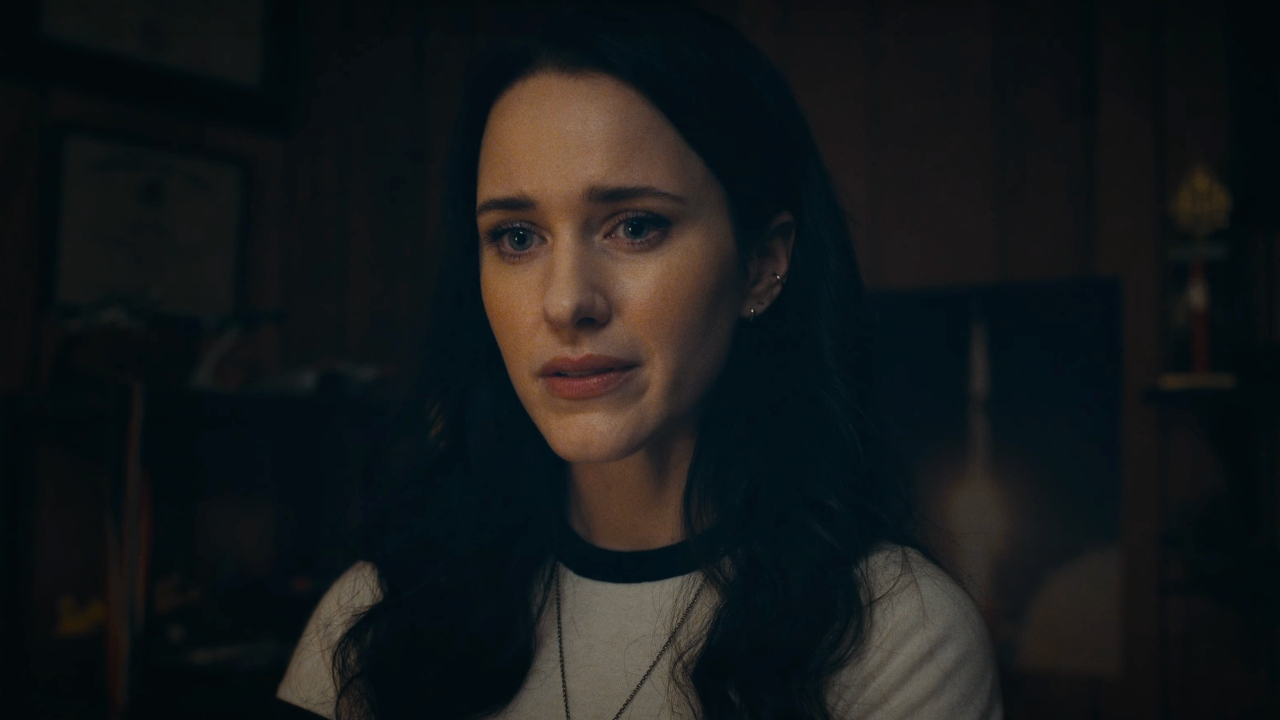Console Wars: 6 Quick Things To Know About The Nintendo And Sega Feud Before The CBS All Access Documentary

Back before it was Sony versus Microsoft or even Sony versus Nintendo, there was an intense years-long battle for supremacy in the home console market fought by Nintendo and Sega throughout the first half of the 1990s. Gamers of a certain age will remember detailed, emotional, and oftentimes irrational arguments on the playground about which was the better console. That epic battle between the two premiere gaming machines of the '80s/'90s will soon continue in the CBS All Access documentary Console Wars.
For those not familiar, the upcoming documentary, which debuts September 23, is based on Blake J. Harris' 2014 non-fiction novel Console Wars: Sega, Nintendo, and the Battle That Defined a Generation and is set to explore the culture of video games in the final decade of the 20th Century and the figures of the gaming world who were seen more as generals than tech company executives. And with the CBS All Access documentary right around the corner, now is the perfect time to look back on the great Console Wars and how things shook out for Nintendo and Sega.

Before The Rivalry Began, Nintendo Was The Dominant Force In Home Consoles
Before we get into the war between Nintendo and Sega, we have do a bit of setup and provide some insight into the landscape that was the 1980s home console market. There was a mad dash in the early '80s to get as many games out as possible in a console market that was very much still in its infancy, which ultimately led to the massive crash in 1982 thanks in part to the disastrous E.T. the Extra-Terrestrial video game on the Atari 2600.
When the rest of the console makers either slowed down or went away entirely, a little (only joking) Japanese coming by the name of Nintendo released what would become one of the most successful gaming machines of all time with the Nintendo Entertainment System (Family Computer or Famicon in Japan). Released in Japan in 1983, and 1985 in North America, the NES has gone on to sell nearly 62 million units, according to IGN. Nintendo also introduced the Game Boy in 1989, which would go on to sell nearly 119 million units over its lifetime. Another IGN report listed Sega Master System, which also saw a 1985 release, sell 13 million units. Sega needed to find a way to compete.

Sega Of America CEO Tom Kalinske Was The Driving Force Behind The Wars
Sega would be Nintendo to the fourth generation of consoles, commonly referred to as the "16-bit era," with the 1988 Japanese release of the Sega Genesis (Sega Mega Drive in other territories), with a North American release the following year. Despite getting an early start on Nintendo's Super Nintendo Entertainment System (Super Famicon in Japan), the console wasn't moving the needle and so Sega of America brought in former Mattel CEO Tom Kalinske to turn the tide.
Blake J. Harris' book mainly focuses on the new Sega of America CEO's journey to beat Nintendo in the console wars, as noted in a 2014 Wired review of Console Wars. When he first took over, Tom Kalinske set out to find his competitor's weakest points and exploit them for his own gain. In a 2006 interview with Sega-16, Kalinske explained that in order for Sega to dethrone Nintendo, the company would have to use the American market to its advantage by lowering the price of the console, coming up with a better game to package with the Sega Genesis, and not be afraid to show their teeth. And then Kalinske came up with a plan that would change everything…

Sega Gained Traction With Its Famous 'Genesis Does What Nintendon't' Campaign
Whenever someone opened a video game magazine or even watched TV in the early '90s, they were blasted with one of the catchiest and most iconic ads in the history of video games: the famous "Genesis Does What Nintendon't" campaign. This a major part of Tom Kalinske's plan to make a name for Sega as a company that had the best games, best prices, and best overall hardware, as well as not be afraid to ridicule the competition, as the former CEO told Sega-16 in the aforementioned interview:
Your Daily Blend of Entertainment News
You've got to advertise against Nintendo, you know, make fun of them. Ridicule Nintendo and make kids think that the NES is absolutely the uncoolest machine to own.
And the campaign was a hit. With multiple commercials centered around the "blast processing" power of the Sega Genesis, its edgier and cooler games, the console took off, especially after the console's most recognizable game was introduced.

Sonic The Hedgehog Was Created As Sega's Answer To Mario
When games like Altered Beast weren't moving consoles, Sega called on its employees to come up with a new game and character that would be a better representation of the direction the company was taking with the Genesis. In An IGN retrospective on the creation of Sega's most iconic character, it is stated that Sonic was born of necessity and needed to be able to go head-to-head with Mario. What Super Mario Bros. 3 had in great mechanics and a rich world, Sega hoped to surpass that with superior graphics, lightning-fast gameplay, and a rad blue hedgehog in sneakers with Sonic the Hedgehog.
Released in June 1991, Sonic the Hedgehog would not only prove to be one of the most successful games on the Sega Genesis (the game was packaged with the console in most cases), it would spawn multiple sequels on the 16-bit machine over the course of the following four years. And even though Sega is no longer making consoles (more on that later), Sonic remains one of the most relevant and beloved video game characters.

The Rivalry Played Out In Congressional Hearings Over Video Game Violence
In 1993, Nintendo and Sega both released what was considered the most violent and corruptible video game at the time, Mortal Kombat, but with one major difference. While the Sega Genesis version of the fighting game contained the blood and fatalities (unlocked with a not-so-secret code) featured in the arcade version released one year earlier, the characters in the SNES version of Mortal Kombat oozed sweat instead of blood whenever they were hit. The violence in both versions (more so on the Genesis) were met with shock and disdain from media outlets and several key United States Senators who led a campaign to have the video game industry introduce self-regulation, according to the BBC.
A 2009 Wired article on the circus that was the set of Congressional hearings in 1993 and 1994 paints a picture in which Sega and Nintendo, instead of making a unified front, take aim at one another in hopes of looking like the better company in front of Congress. Sega, which had its own in-house rating system at the time, tried to embarrass Nintendo, which didn't have a rating scale, with the Nintendo Scope Gun controller. After much back-and-forth, the companies created what is now known as the Entertainment Software Association to rate games instead of allowing the government to create its own system.

Nintendo Won The War And Sega Was Out Of The Console Business Not Long After
Sega would end up making a series of missteps in the mid-90s which would begin a quick decline of what was one of the most successful companies just a few years earlier. With add-ons like the Sega CD and the Sega 32x, the company began to confuse its customer base (and their parents). This was all before the Japanese side of the company decided to develop the Sega Saturn, which was plagued with development issues because of its architecture. This combined with Tom Kalinske's frustration over the abandonment of the Genesis led the CEO of Sega of America to step down from his post in July 1996.
Nintendo, on the other hand, released is Nintendo 64 console between 1996 (Japan) and 1997 (North America), which would later outsell the Saturn 33 million to 9 million by the end of each console's life. Sega followed up the Saturn with a last-ditch effort, the Dreamcast in 1998, but by that point, the damage was done and the console failed to sell as well as its competitors and got out of the console business in 2002. Nintendo would go on to release the GameCube in 2001, the Wii in 2006, WiiU in 2012, and the Switch in 2017.
This is all just a small portion of what you can expect to see when Console Wars premieres September 23 on CBS All Access.

Philip grew up in Louisiana (not New Orleans) before moving to St. Louis after graduating from Louisiana State University-Shreveport. When he's not writing about movies or television, Philip can be found being chased by his three kids, telling his dogs to stop barking at the mailman, or chatting about professional wrestling to his wife. Writing gigs with school newspapers, multiple daily newspapers, and other varied job experiences led him to this point where he actually gets to write about movies, shows, wrestling, and documentaries (which is a huge win in his eyes). If the stars properly align, he will talk about For Love Of The Game being the best baseball movie of all time.
